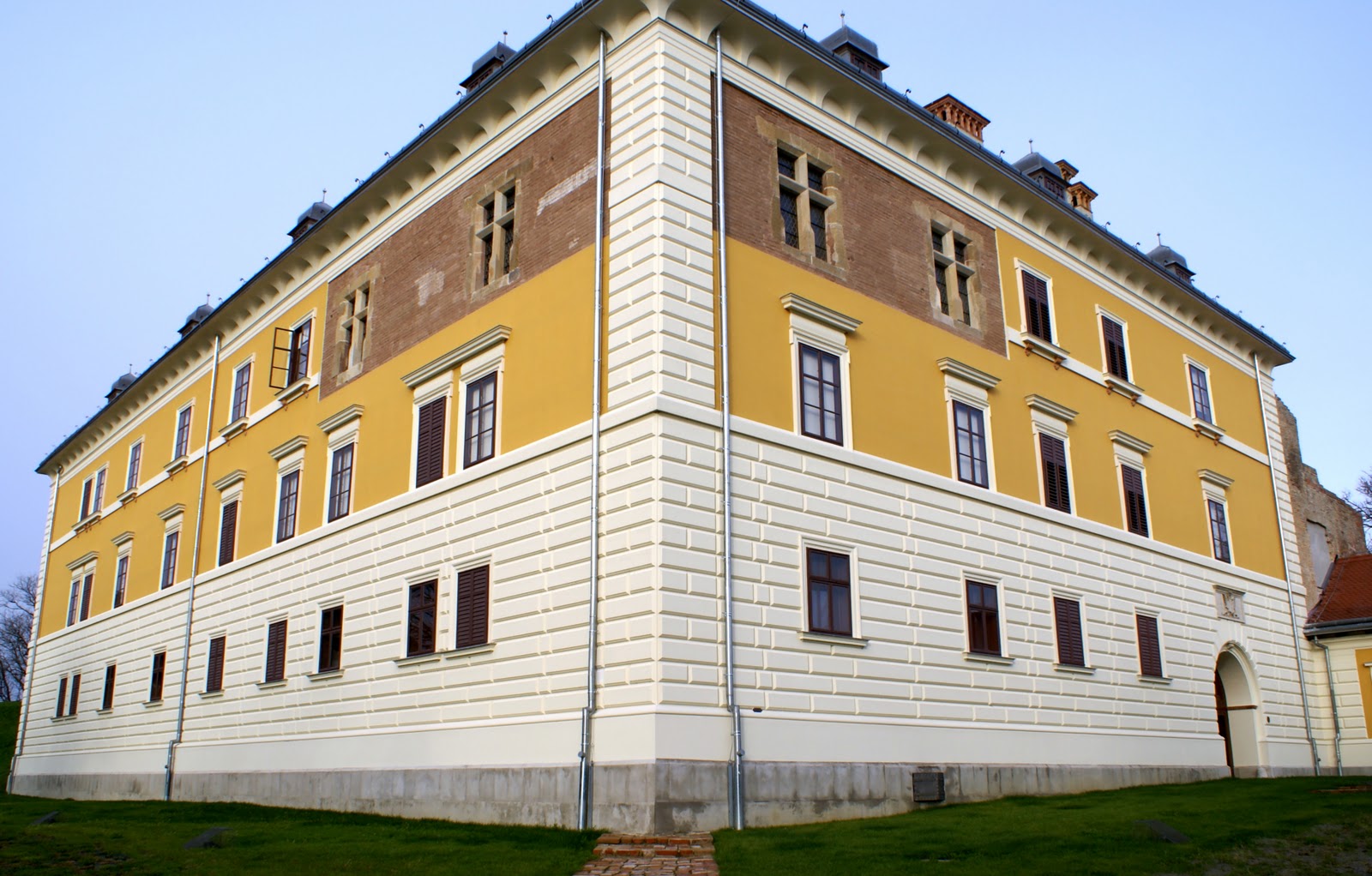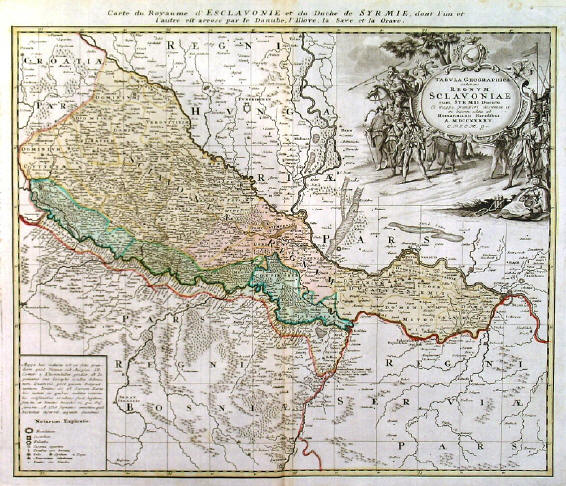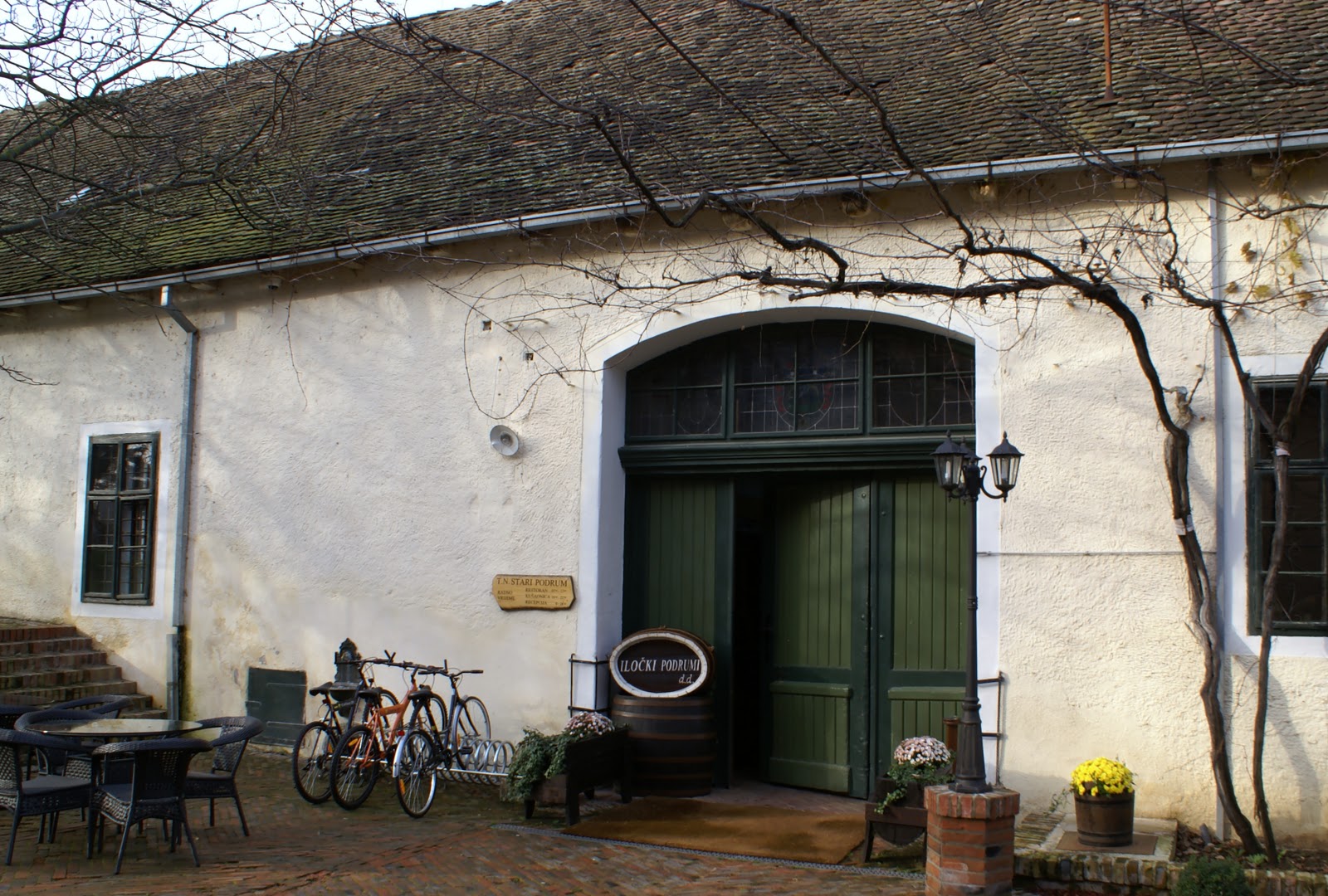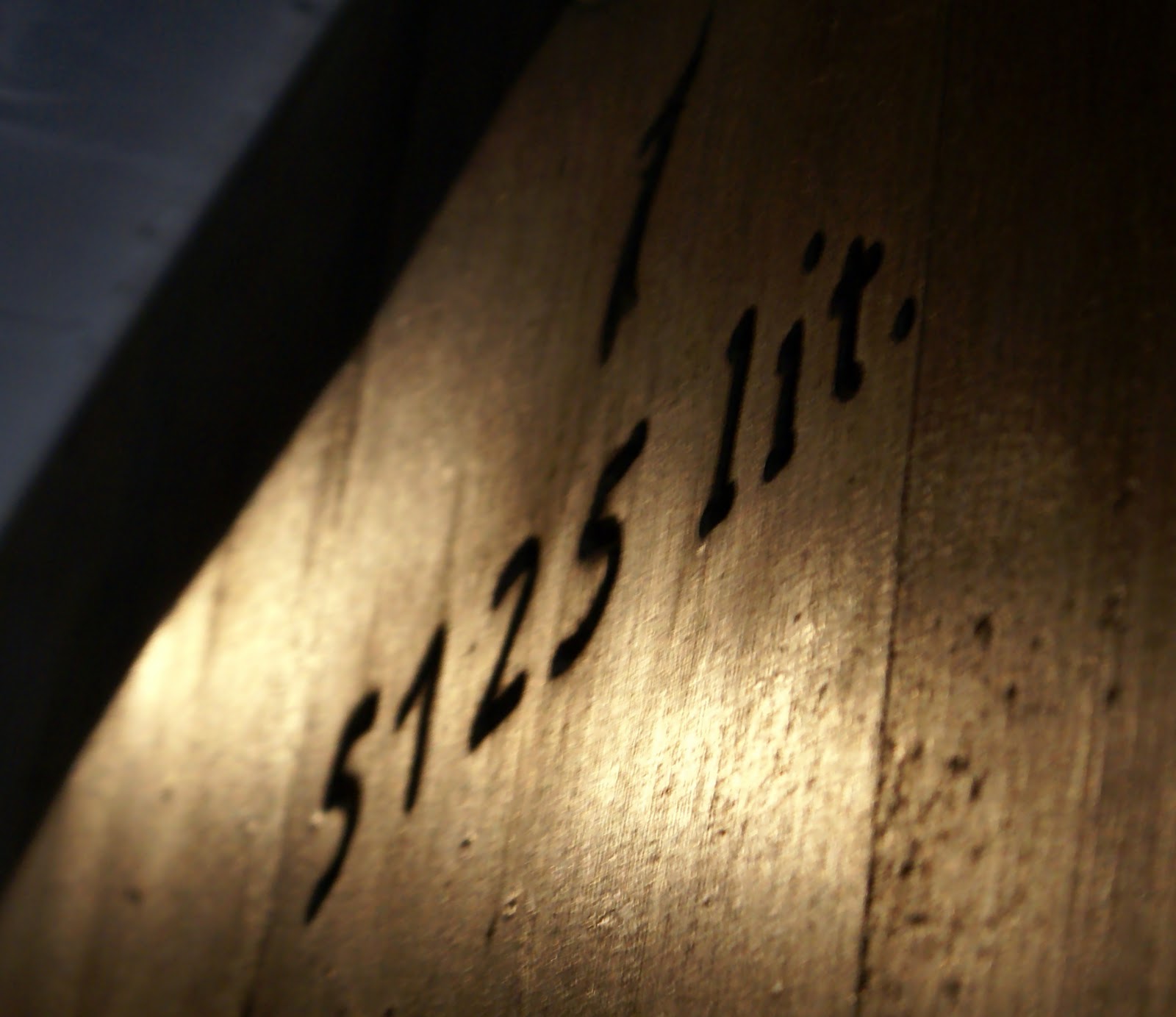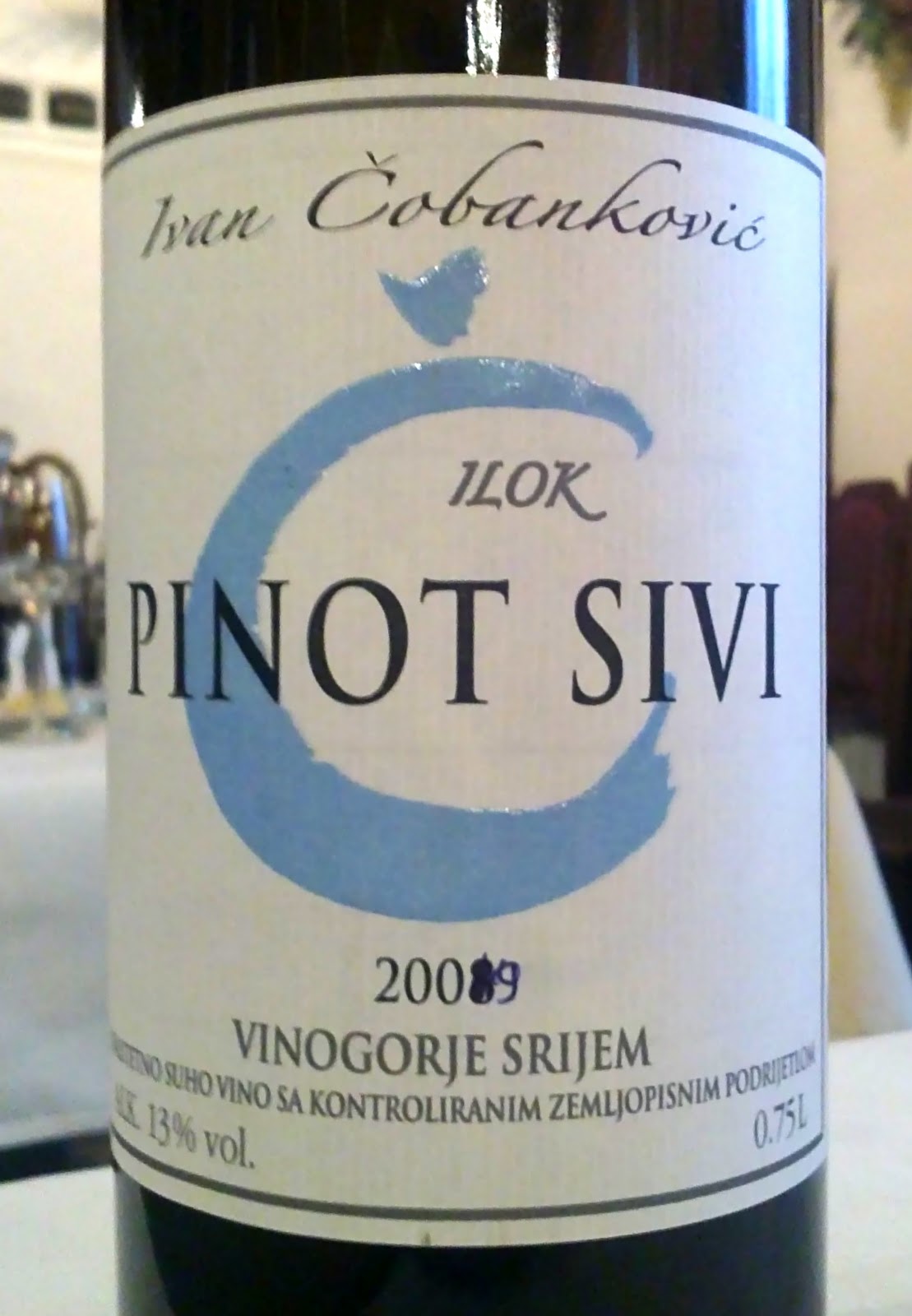Exciting Croatia (2): Ilok
Posted on 6 January 2011
My first day in Croatia was spent exploring the country’s inland east. We travelled from Zagreb to Kutjevo, the leading appellation of the Slavonia region, specialising in full-bodied dry white wines from the Graševina grape (known in Hungary as Olaszrizling and elsewhere, widely, as Welschriesling). I knew the wines of Kutjevo before, and so tasting here consisted of checking out old favourites like Vlado Krauthaker and Antun Adžić as well as discovering some new faces such as Galić and Mihalj.
Later we travelled another 150 km south-east, reaching a place where Croatia thrusts a thin finger of land into ‘the neighbouring country’. Here on the Danube lies Ilok, an important historical city with an imposing (and impressively renovated) castle offering a nice panorama of ‘the neighbouring country’, i.e. Serbia. Local relations remains tense (the place was occupied by Serbian armies from 1991 until as recently as 1998), although for a broader historical perspective it’s worth remembering that Ilok belonged successively to the Kingdom of Bulgaria, Kingdom of Croatia (itself subordinated to Hungary), Ottoman Empire, Austrian Empire and Yugoslavia.
The last two centuries of this ethnic parade are visible in the viticulture: Traminac (Gewürztraminer) and Graševina are the local specialities but there are also souvenirs of the Austrians (Silvanac Zeleni – Silvaner – and Frankovka – Blaufränkisch) as well as 19th-century French viticultural consultants (sizeable plantings of Cabernet Sauvignon and Merlot). The broader historical region and current wine appellation is Srijem, or Syrmia; it’s the same as Serbian Srem just across the border, as well as the historical Hungarian region of Szerém, considered the cradle of botrytis wine (Szerém settlers relocated to Tokaj after their home region was invaded by Turkey in 1526).
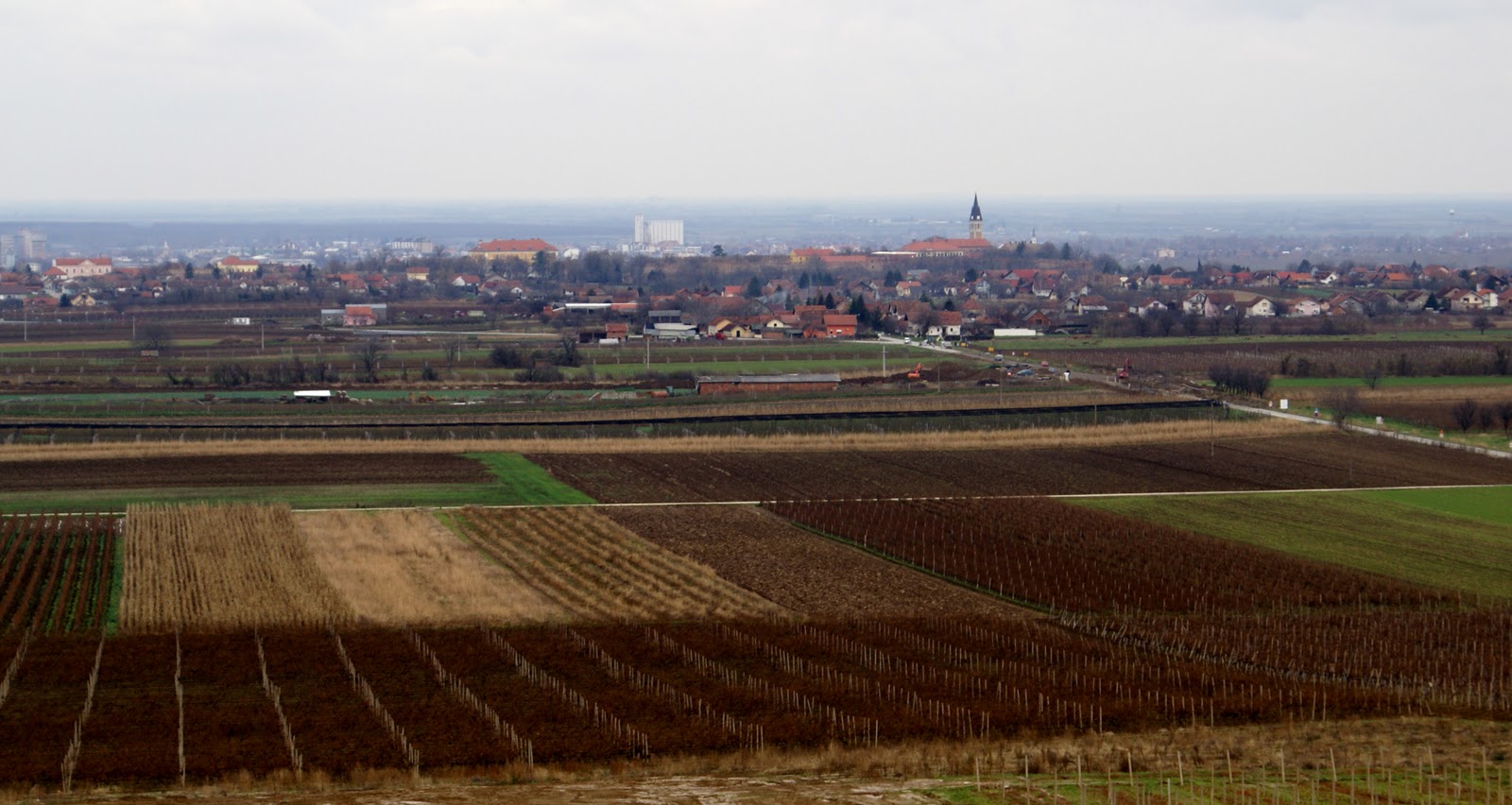
View of Ilok city from the Principovac hill; Odescalchi Castle and Ilok cathedral visible; the white thing in the background is 'the neighbouring country' on the other side of the Danube.
The best cru in Ilok is Principovac, located on a gently rolling hill above the city, on clays and black earth, rising above what otherwise looks like fairly flat vineyard land. Iločki Podrumi just opened a restaurant in an old palace at the top of the Principovac (I didn’t eat here, but the rustic auberge at Ilok itself served delicious local food), and the cru-labelled wines are impressive: Graševina and Traminac at various levels of residual sugar up to TBA. These are very good examples of what Ilok and Srijem appear capable of making: Germanic-styled white wines with plenty of body and spicy, exotic fruit flavours, on a good mineral base, great with local food (rich on charcuterie, pork and cabbage with some vaguely Hungarian spicy flavours) and for mid-term ageing.
Seven other Srijem producers joined the tasting. I thought Ivan Čobanković made a delicious 2009 Pinot Sivi (Pinot Gris) of richness and breadth, while Ivan Knezović presented a serious, mineral and crisp 2008 Pinot Bijeli (Pinot Blanc). Surprisingly for a region that specialises in white wines, there were a few nice reds, including a 2009 Merlot from Ivan Buhač. All these are small family estates that lag behind Iločki Podrumi in quality, but the wines have local character and are fairly drinkable.
My trip to Croatia including flights, accommodation and wine tasting programme is sponsored by the Zagreb Vino.com festival and the Croatian National Tourist Board.


